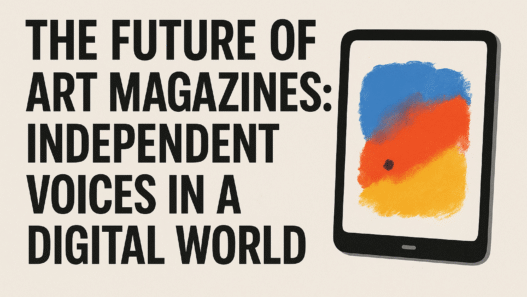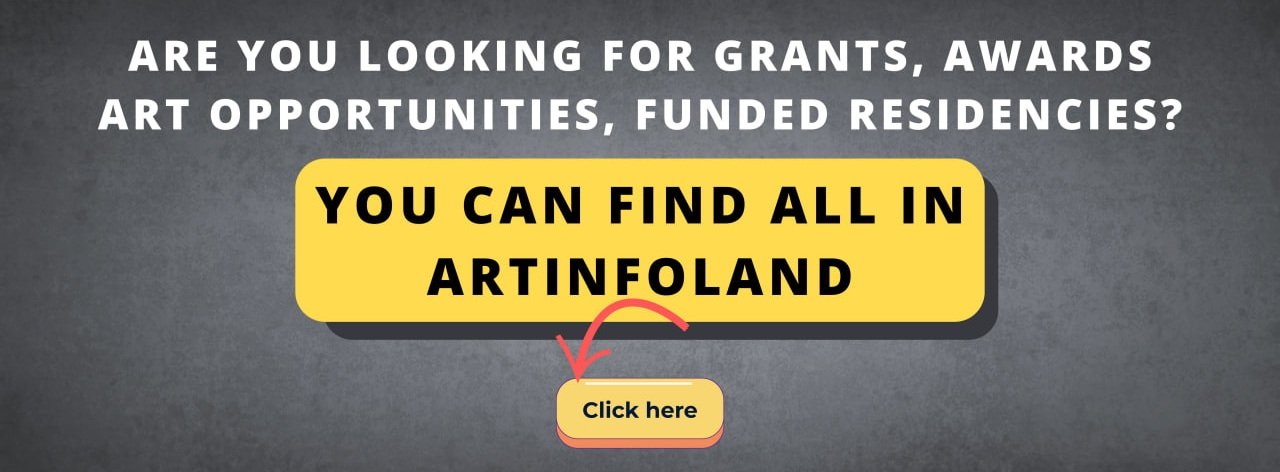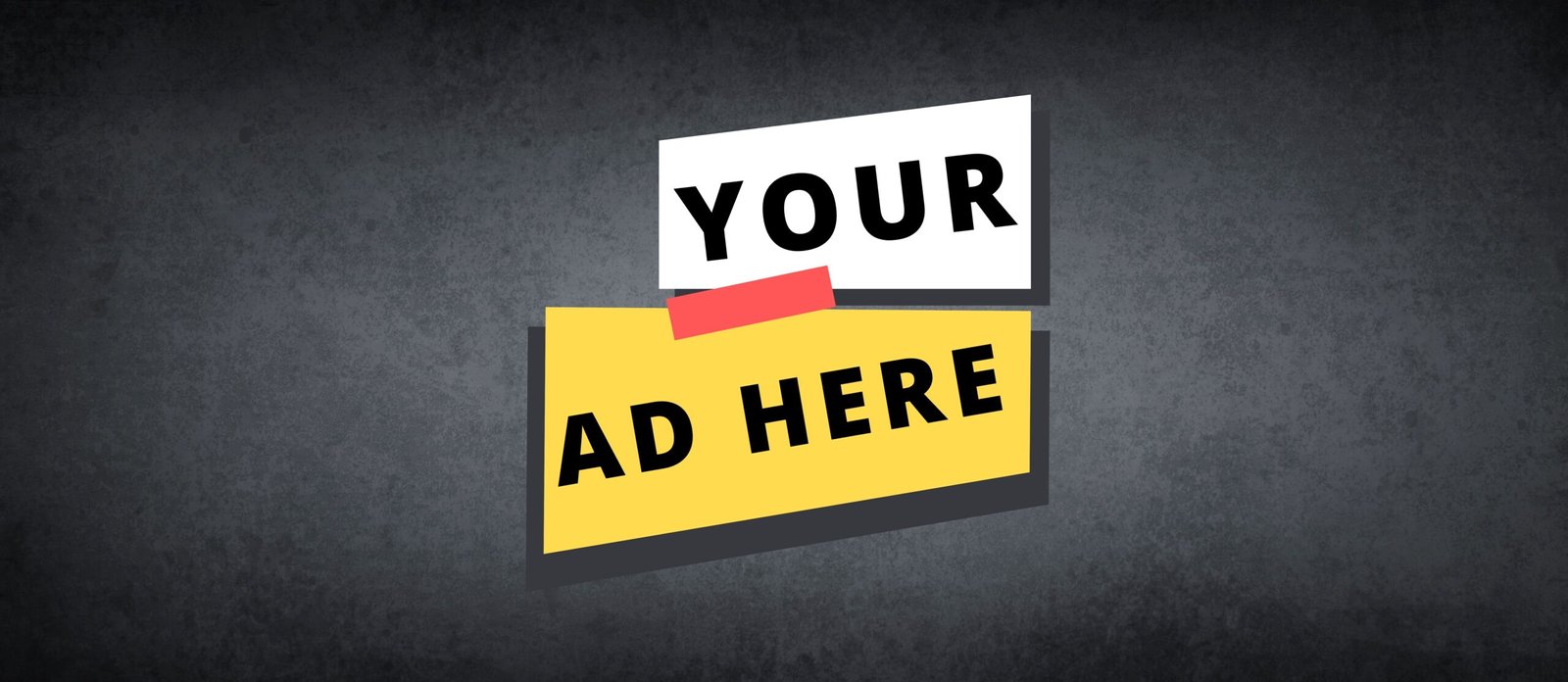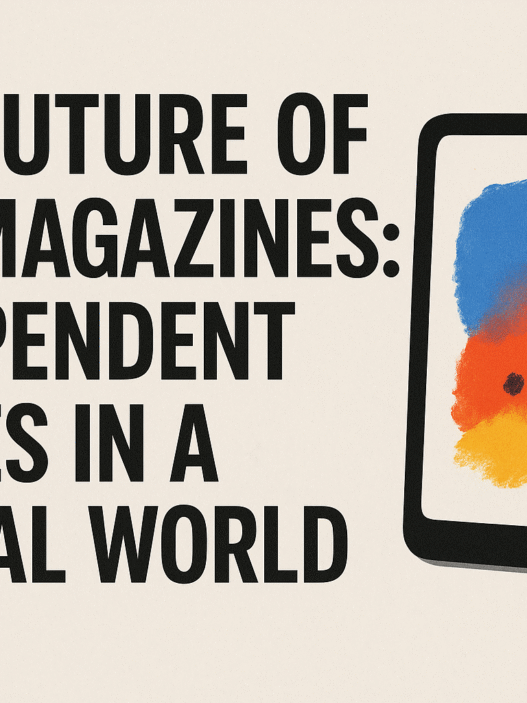From Berlin’s vibrant galleries to global digital platforms, curation trends are shaping the way art is presented and experienced. At Artinfoland Magazine, we’ve identified the top 10 trends driving art exhibitions in 2025, offering curators and artists fresh insights to inspire their practice this year.
1. Immersive Technology Integration
Curators are increasingly using augmented reality (AR) and virtual reality (VR) to create immersive exhibitions. In 2025, VR headsets allow visitors to “walk through” digital reconstructions of historical art scenes, while AR apps overlay contextual information on physical works, enhancing engagement, especially in hubs like Berlin’s daadgalerie.
2. AI-Driven Curation
Artificial intelligence is transforming curation by analyzing visitor data to personalize exhibitions. AI tools help curators at institutions like Künstlerhaus Bethanien select artworks that resonate with specific audiences, predict trends, and even suggest layouts, streamlining the curation process while maintaining creative control.
3. Sustainability-Focused Exhibits
With climate concerns at the forefront, curators are prioritizing eco-friendly practices. Exhibitions in 2025 use recycled materials for displays, minimize energy use with LED lighting, and feature artists addressing environmental themes, aligning with the biophilic art trend dominating galleries worldwide.
4. Inclusive Representation
Diversity is a key focus, with curators amplifying underrepresented voices. Exhibitions highlight artists from regions like Saudi Arabia and India, as well as marginalized communities, reflecting 2025’s push for cultural equity. Programs like the Alpine Fellowship’s “Fear” theme encourage such inclusivity in their curated symposiums.
5. Digital-First Exhibitions
With online art sales reaching $12 billion globally in 2025, curators are prioritizing digital-first exhibitions. Platforms like Artsy host virtual galleries where curators use 3D modeling to showcase works, allowing global access and interaction, a trend accelerated by 55% of galleries increasing digital content this year.
6. Collaborative Curation
Curators are partnering directly with artists to co-create exhibitions, fostering authentic narratives. In 2025, this trend is evident in residencies like ZK/U Berlin, where artists and curators collaborate on OPENHAUS events, ensuring exhibitions reflect the artist’s vision while engaging audiences.
7. Regional Art Spotlight
Curators are shining a light on local art scenes, curating exhibitions that celebrate regional identities. In 2025, Berlin exhibitions often feature works from Eastern Europe or the Middle East, aligning with global interest in cultural specificity and supporting emerging markets like those in India.
8. Interactive Visitor Experiences
Exhibitions are becoming more participatory, with curators designing spaces for audience interaction. Touch-sensitive screens, live polling, and workshops allow visitors to contribute to the narrative, a trend seen in SomoS Berlin’s residency showcases, enhancing visitor connection in 2025.
9. NFT and Blockchain Integration
The NFT boom continues, and curators are integrating blockchain to authenticate and display digital art. In 2025, exhibitions often feature NFT galleries with fractional ownership options, allowing collectors to invest in art, a practice gaining traction at events like the Lumen Prize for Digital Art.
10. Narrative-Driven Curation
Curators are focusing on storytelling, crafting exhibitions around compelling themes like “resilience” or “cultural memory.” In 2025, this trend creates emotional resonance, as seen in the Future Generation Art Prize exhibitions in Kyiv, where curated narratives bridge art and social issues, captivating global audiences.
Why These Trends Matter in 2025
These curation trends reflect the art world’s evolution, balancing technology, inclusivity, and sustainability to meet 2025’s demands. They empower curators to create impactful exhibitions that resonate with diverse audiences, drive cultural dialogue, and adapt to digital growth. For artists, aligning with these trends can enhance visibility in a competitive landscape.
At Artinfoland, we encourage curators to embrace these trends and shape the future of art exhibitions. Stay tuned for more insights as we navigate the art world of 2025 together!




















